2019 Acura NSX Review - Scalpel, Please

2019 Acura NSX
One of the more frequent comments I’ve heard since the C8 Corvette dropped is some variation of “the Acura NSX is screwed.”
That comment makes sense – Chevrolet is promising similar performance numbers from the newly mid-engined ‘Vette, with a base price that is nearly $100K cheaper.
So yeah, if the next Corvette fulfills Chevy’s promise at a significantly lower cost than the NSX, that could spell trouble for a supercar that’s already selling slowly by supercar standards.
Still, the NSX has two things going for it. One, logic and rationality doesn’t always matter among the well-heeled – in other words, some will pay for the pricier car, regardless of specs, because of brand name/loyalty, or styling, or whatever.
Two, the NSX is just plain fantastic.
No car, not even one that costs more than my home, is without flaws. But to see the NSX’s blemishes, one must squint.
I admit I felt somewhat uncomfortable driving the car – not in the sense of physical discomfort, but because driving an NSX is a surefire way of getting a lot of attention as you move about town (a group of bros thought I might be an actor, thanks to my tester’s California plates). And there was discomfort getting in and out – I am a little over six feet tall and long of leg, so entry and egress was tricky.
Once my butt was parked firmly in the seat, the story changed. When in the right drive mode, the twin-turbocharged V6 that works in concert with an electric motor in the rear (and two more in the front) makes wonderful noises. Rear visibility is limited, but less so than one would expect.
You can customize the NSX to start in any of the four available drive modes: Quiet, Sport (the default unless changed via customization), Sport +, or Track. I did most of my non-highway street driving in Sport, saving the Quiet mode for a few freeway jaunts.
In Quiet mode, the car works to be in electric-only mode more often, and the exhaust sounds virtually disappear. Revs are limited to 4,000, the transition to use of the gas engine is quieter, and the transmission upshifts at lower RPMs.
[Get new and used Acura NSX pricing here!]
Predictably, Sport mode tightens up the steering compared to Quiet, and it allows more exhaust and intake sounds into the cabin. Throttle mapping is more aggressive than in Quiet mode, the rev limit is higher, and the nine-speed dual-clutch automatic transmission holds on to gears longer/shifts at higher RPMs. It does not kill the stop/start function.
Sport + uses an even more aggressive throttle map, speeds up the transmission’s shifts, adds more steering feedback, maximizes torque provided by the electric motors, and gets the electric power-steering with variable gear ratios to work hand-in-hand with a more aggressive direct yaw control setting and what Acura calls Agile Handling Assist (read: electronic doohickey that makes the car handle better by using electronics to do what you, a talent-limited human, cannot) and the magnetorheological dampers to provide more nimbleness in corners. Acura’s press materials say this is the best mode for attacking that curving road out in the sticks.
Track mode is basically Sport + on steroids, allowing the driver to use Launch Control. The brakes are somehow enhanced, and there’s more pedal feedback. The all-wheel drive system, the Agile Handling Assist system, the stability-assist control system, and the transmission all change their programming to support driving at the limit. The exhaust gets even louder, and the battery’s charge is set to the optimum standard for track driving.
Whatever mode you choose, this thing can handle. Steering is precise and accurate, with good feedback. Turn-in is instant and exact. The NSX feels planted and stable, but it’s not impossible to get a bit of tail rotation.
Need to power out of a corner? You’re well covered by the 573 total system horsepower sitting behind you, along with the 476 lb-ft of torque. Breaking it down, the V6 makes 500 horsepower and 406 lb-ft of torque, while the direct-drive motor makes 47 horsepower and 109 lb-ft of torque. The twin electric motors make 36 horsepower and 54 lb-ft each. Yes, the numbers don’t add up to match the total system numbers – that rarely happens with hybrids for a number of reasons.
Whatever the number, this thing is license-risking fast. And it stops just as quickly, thanks to firm binders.
Of course, you’d expect this from a supercar. You know it will accelerate quickly, handle well, and stop in short distances without much drama. Where the NSX truly shines is when it’s not being driven hard.
Yes, you’ll feel just about every bump and pavement imperfection, but if you put it in quiet mode and settle in for a highway cruise, it’s perfectly comfortable otherwise. Some road noise filters in – more than in the average car – but you never feel like you’re being punished for the sake of performance.
The cabin a mostly pleasant place to do business, but there are flaws. The push-button shifter that plagues so many Honda and Acura products these days feels very much un-special in a car of this caliber. The lack of a volume and tuning knob for the radio rankles, as does the lack of AM radio in general. And something went weird with the memory seats – the driver’s seat continued to move into an uncomfortable position when I wanted to get in or out, and adjusting the memory settings didn’t seem to solve the problem.
There’s little in the way of exterior or interior storage, as you might expect. A glass partition behind the driver keeps engine noise and heat at bay – even on a warm day, the car’s A/C is up to the task. Materials are a mixed bag – some of the switchgear and interior bits are clearly lifted from pedestrian Honda/Acura products, and that’s a disappointment at this price. Other bits look the part.
Supercars with everyday usability don’t come cheap – well, save for the C8, perhaps – and the NSX is no different. Just getting in the door will cost you $157,500. Changes for 2019 are minimal and mostly cosmetic, although the Technology Package being standard now is newsworthy. Mechanical changes include new tires, changes to the AWD system’s tuning, and larger/stiffer stabilizer bars.
My test ride cost nearly $200K once optioned out. The white paint was a reasonable $700, but the next item on the list will make your eyes pop: $12,600 for a carbon-fiber exterior sport package, including a carbon-fiber engine cover. The carbon-fiber roof adds another 6 grand and the carbon-fiber spoiler adds another $3,000.
Remember those stout brakes I mentioned? Well, that kind of stopping force comes at a price. The carbon-ceramic rotors and silver calipers set you back another $10,600.
There’s more carbon-fiber fun on the inside, as an interior carbon-fiber sport package with Alcantara headliner hits your bank account for $3,800. Satellite radio is a relative bargain at $500, and with that, the previous options, and the $1,800 destination fee, the total comes to $194,700.
Meanwhile, Chevrolet claims a base price of around $60,000 for the mid-engined Corvette.
Putting aside the possibly premature comparisons to the Corvette for a second, let’s focus on what nearly 200 large gets you should you select the NSX.
You’ll wind up with a precision-handling track car that’s quite livable on the street. Freeway friendly, this supercar feels like a scalpel when working its way through corners. It sounds fantastic when you let it roar, but you can also make it shut up with a flick of a dial.
I had a hard time finding flaws. The price will make you blanch, even if you ignore less-expensive cars of this ilk. The interior is nice enough but doesn’t feel as special as the rest of the car. It’s odd not having AM radio. Getting in and out stinks. The release for the small cargo area aft of the engine bay was so hard to find that I never found it – embarrassingly, I had to confirm its location with Acura PR.
When it comes to flaws, that’s about it.
Two-hundred thousand dollars will buy you one hell of a scalpel.
[Images © 2019 Tim Healey/TTAC]

Tim Healey grew up around the auto-parts business and has always had a love for cars — his parents joke his first word was “‘Vette”. Despite this, he wanted to pursue a career in sports writing but he ended up falling semi-accidentally into the automotive-journalism industry, first at Consumer Guide Automotive and later at Web2Carz.com. He also worked as an industry analyst at Mintel Group and freelanced for About.com, CarFax, Vehix.com, High Gear Media, Torque News, FutureCar.com, Cars.com, among others, and of course Vertical Scope sites such as AutoGuide.com, Off-Road.com, and HybridCars.com. He’s an urbanite and as such, doesn’t need a daily driver, but if he had one, it would be compact, sporty, and have a manual transmission.
More by Tim Healey
Latest Car Reviews
Read moreLatest Product Reviews
Read moreRecent Comments
- ToolGuy This thing here is interesting.For example, I can select "Historical" and "EV stock" and "Cars" and "USA" and see how many BEVs and PHEVs were on U.S. roads from 2010 to 2023."EV stock share" is also interesting. Or perhaps you prefer "EV sales share".If you are in the U.S., whatever you do, do not select "World" in the 'Region' dropdown. It might blow your small insular mind. 😉
- ToolGuy This podcast was pretty interesting. I listened to it this morning, and now I am commenting. Listened to the podcast, now commenting on the podcast. See how this works? LOL.
- VoGhost If you want this to succeed, enlarge the battery and make the vehicle in Spartanburg so you buyers get the $7,500 discount.
- Jeff Look at the the 65 and 66 Pontiacs some of the most beautiful and well made Pontiacs. 66 Olds Toronado and 67 Cadillac Eldorado were beautiful as well. Mercury had some really nice looking cars during the 60s as well. The 69 thru 72 Grand Prix were nice along with the first generation of Monte Carlo 70 thru 72. Midsize GM cars were nice as well.The 69s were still good but the cheapening started in 68. Even the 70s GMs were good but fit and finish took a dive especially the interiors with more plastics and more shared interiors.
- Proud2BUnion I typically recommend that no matter what make or model you purchase used, just assure that is HAS a prior salvage/rebuilt title. Best "Bang for your buck"!




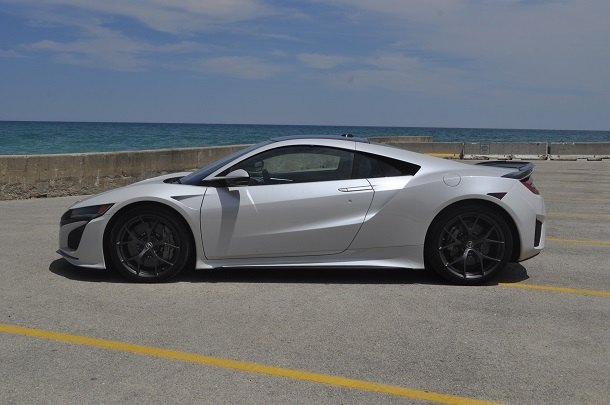

















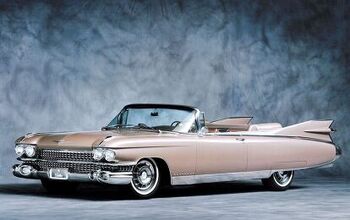
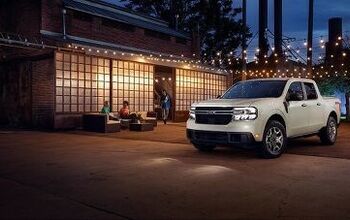
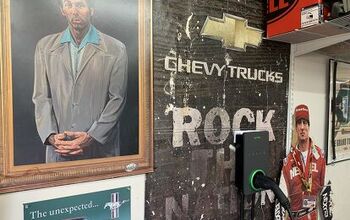



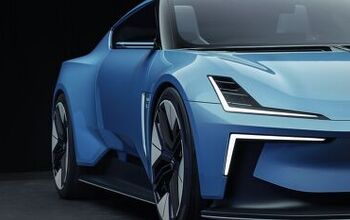
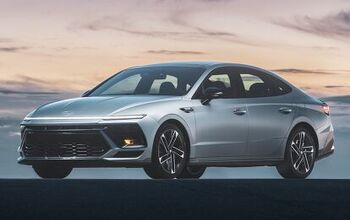


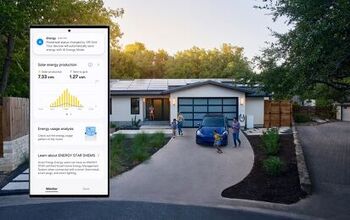
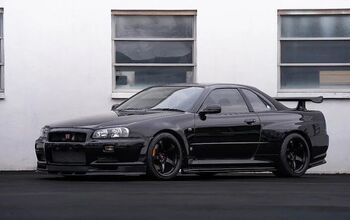
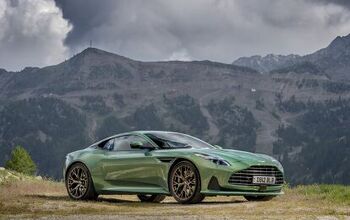
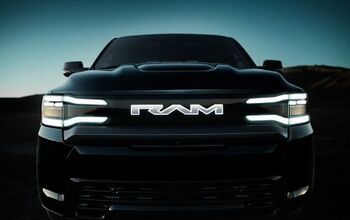
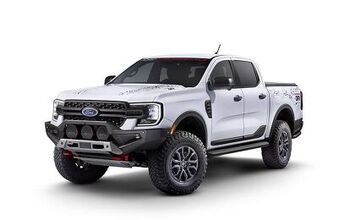
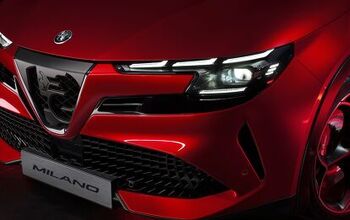
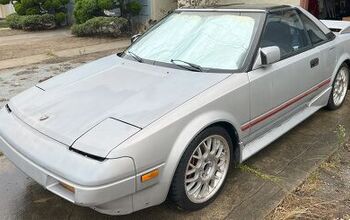
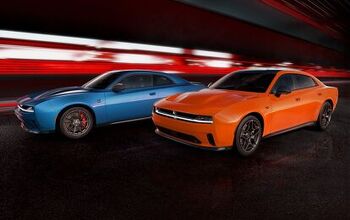
Comments
Join the conversation
GM - what a disgrace!
“Whatever mode you choose, this thing can handle. Steering is precise and accurate, with good feedback. Turn-in is instant and exact. The NSX feels planted and stable, but it’s not impossible to get a bit of tail rotation.“ I have driven the car and agree that the steering is precise and accurate but I don’t think it has good feedback. I don’t think it has any feedback whatsoever and that’s why no one is buying it. Cornering is scary as hell because you have no clue where the limit is. Until this is fixed (a complete and total redesign is probably required) the NSX will continue to sell in single digits every month